Prime Factorization Practice Booklet
I gave my students a prime factorization practice booklet which gave them a chance to try out both methods we learned for prime factorization – the factor tree method and the birthday cake method.
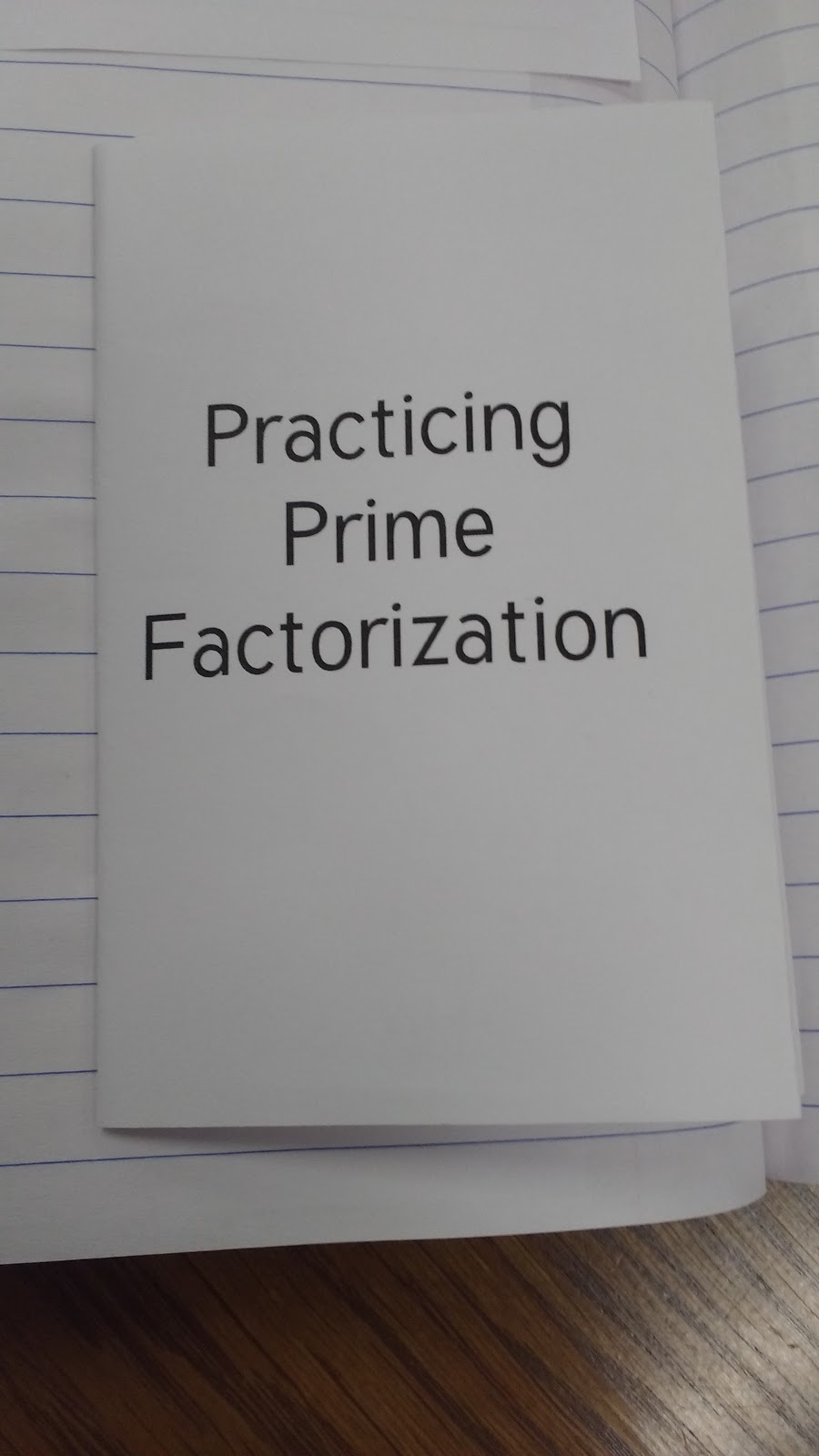
After giving students a bit of time to work each problem, a student volunteer came to the SMARTBoard to present a solution. We alternated methods with each solution presentation.
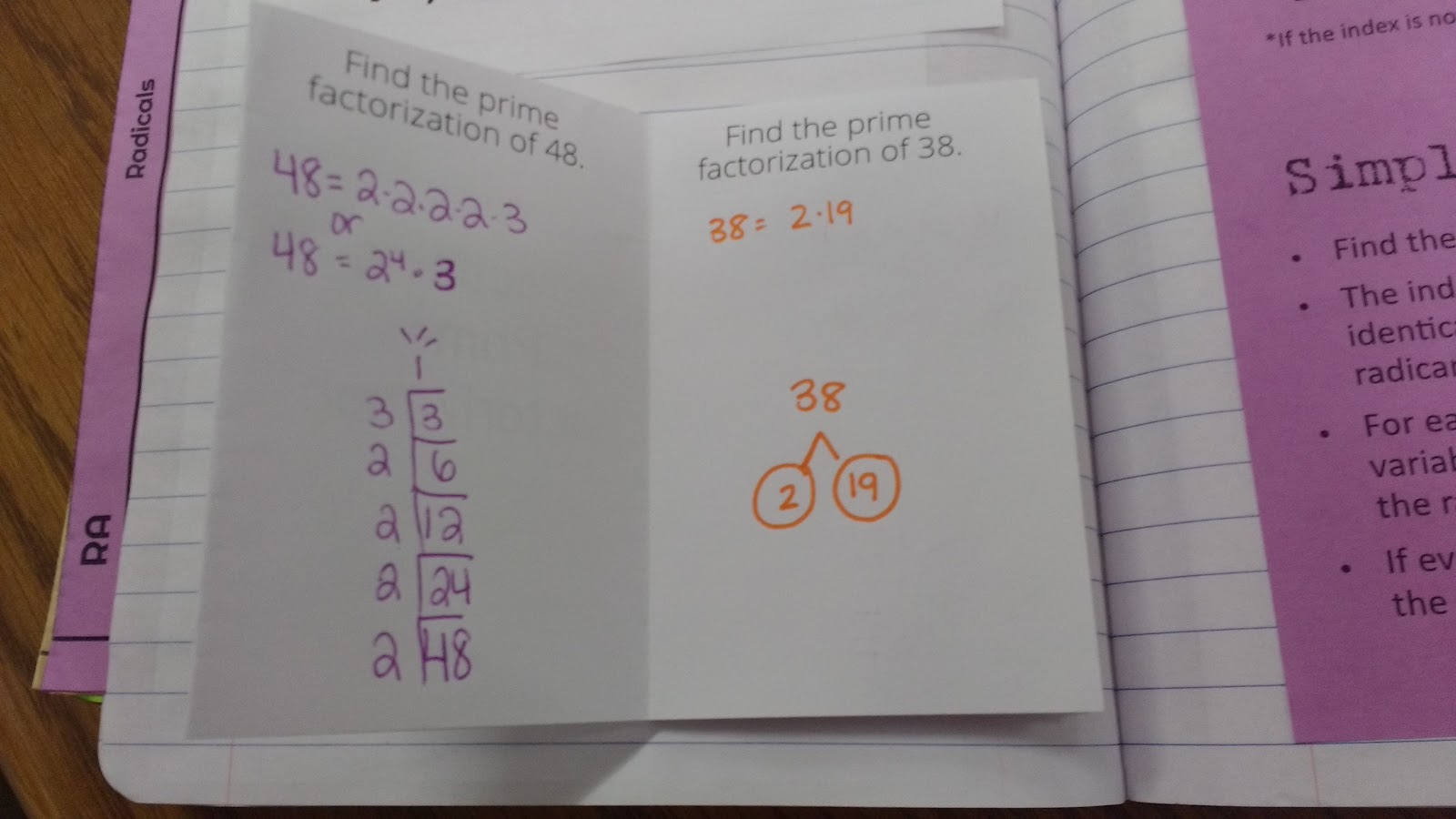
My students were SHOCKED to find out that they always got the same prime factorization even though they took many different paths to get there!
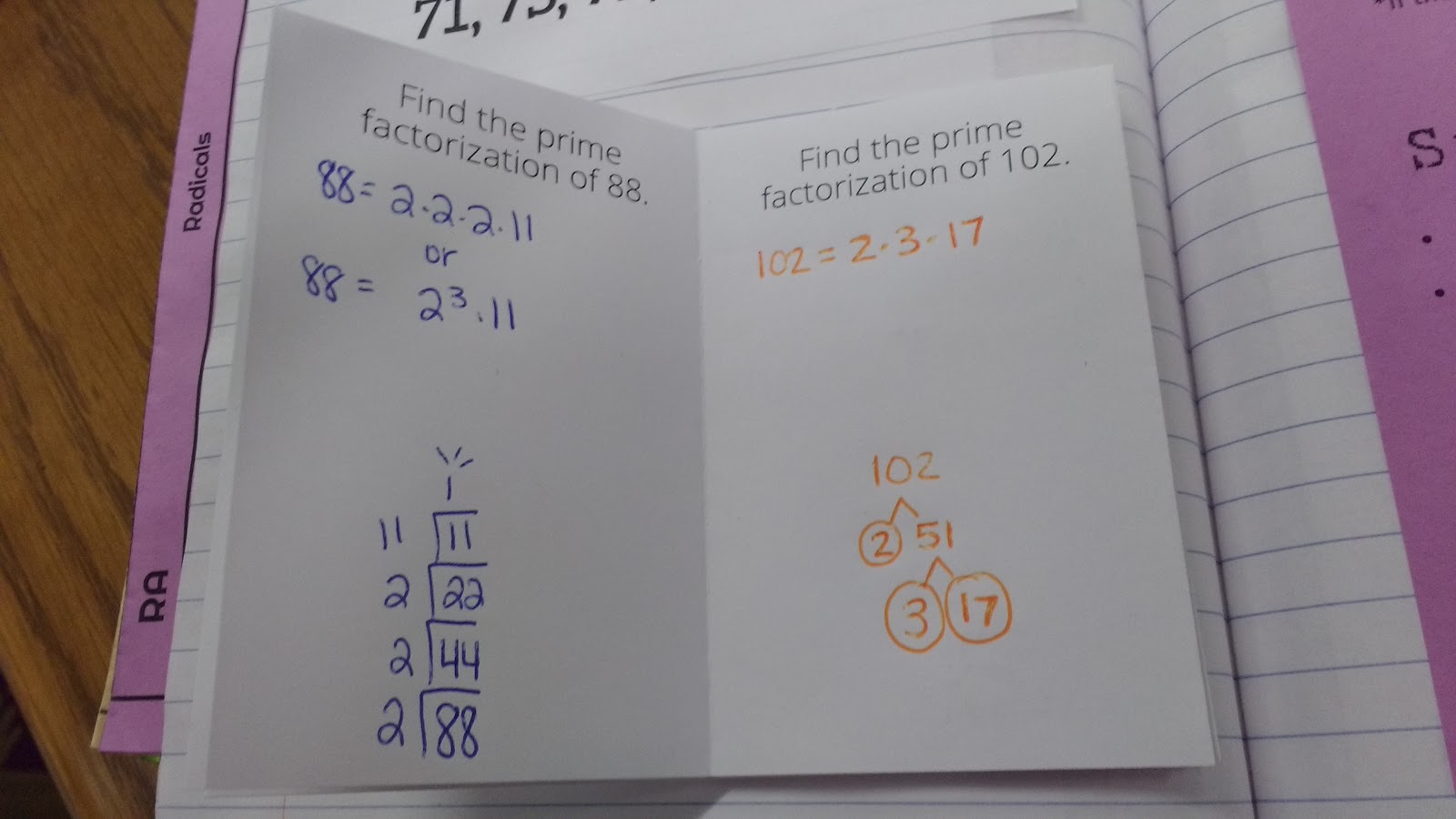
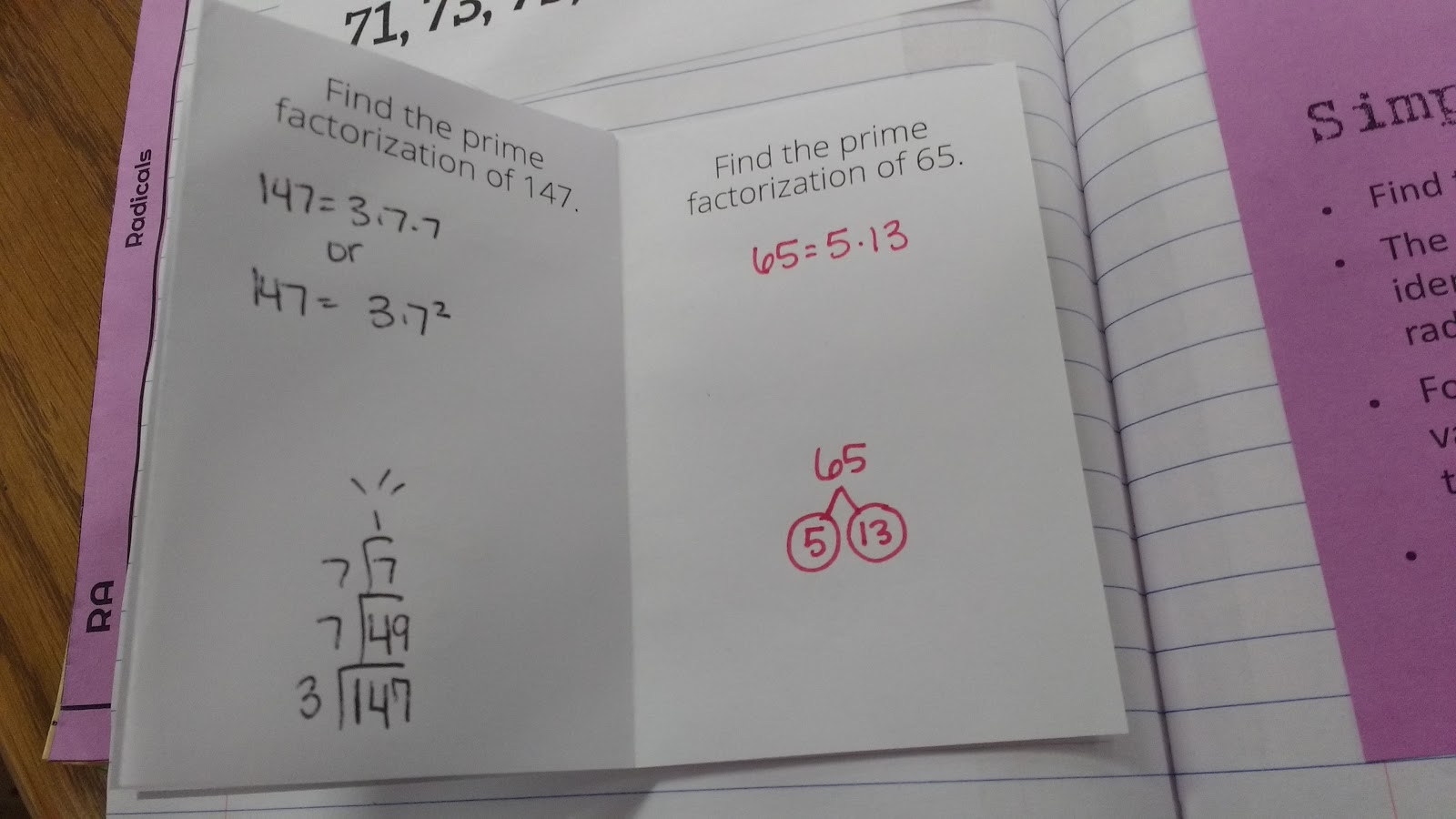


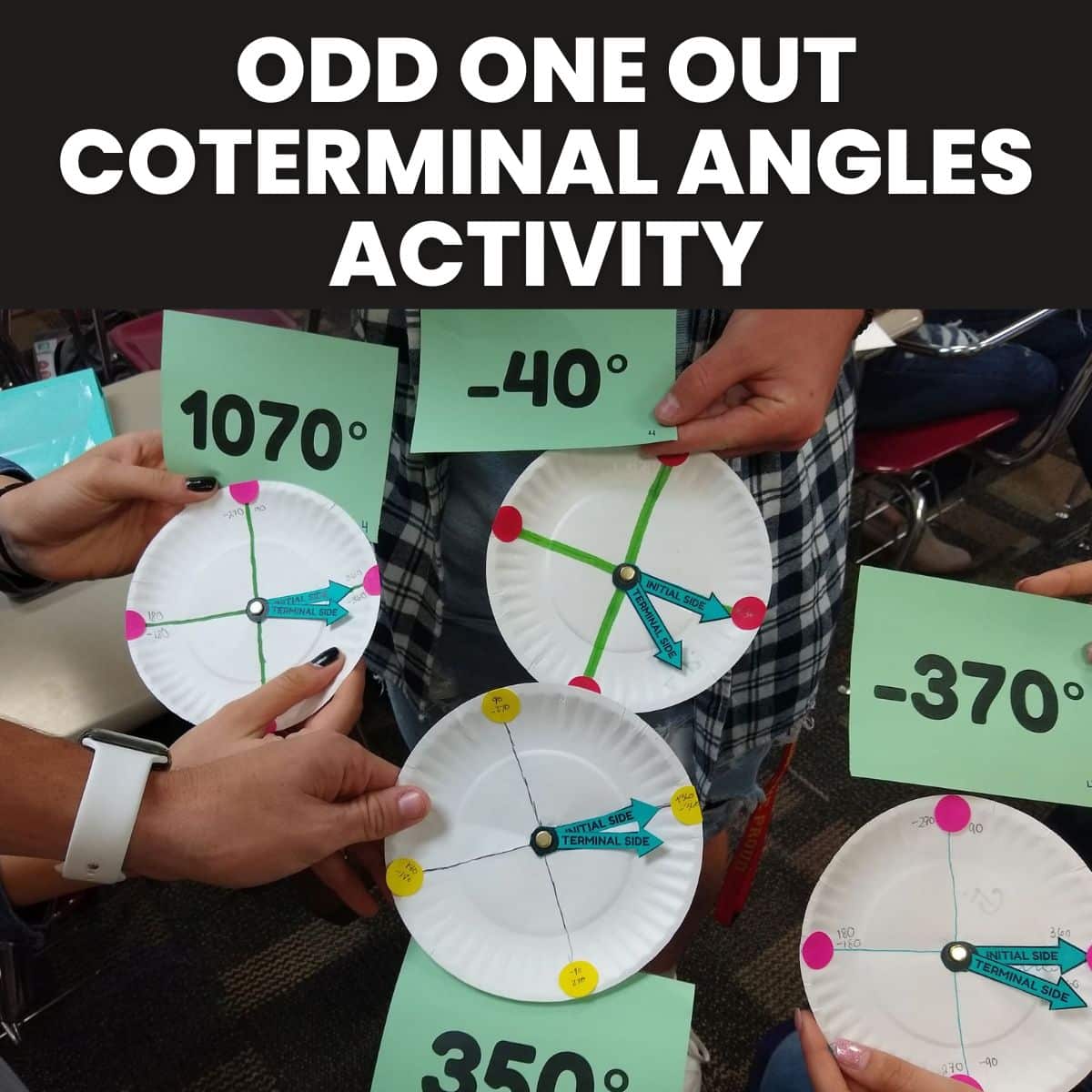
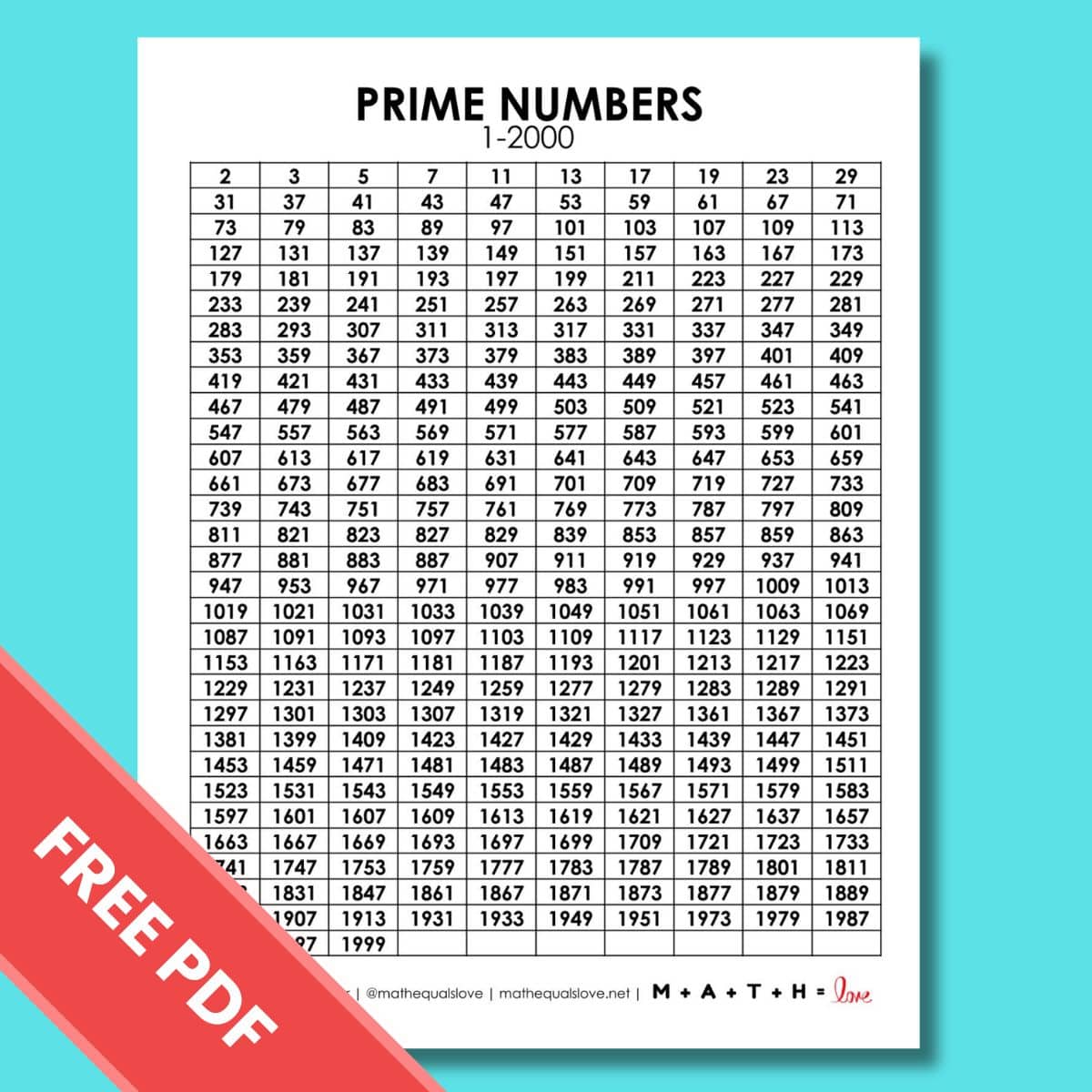
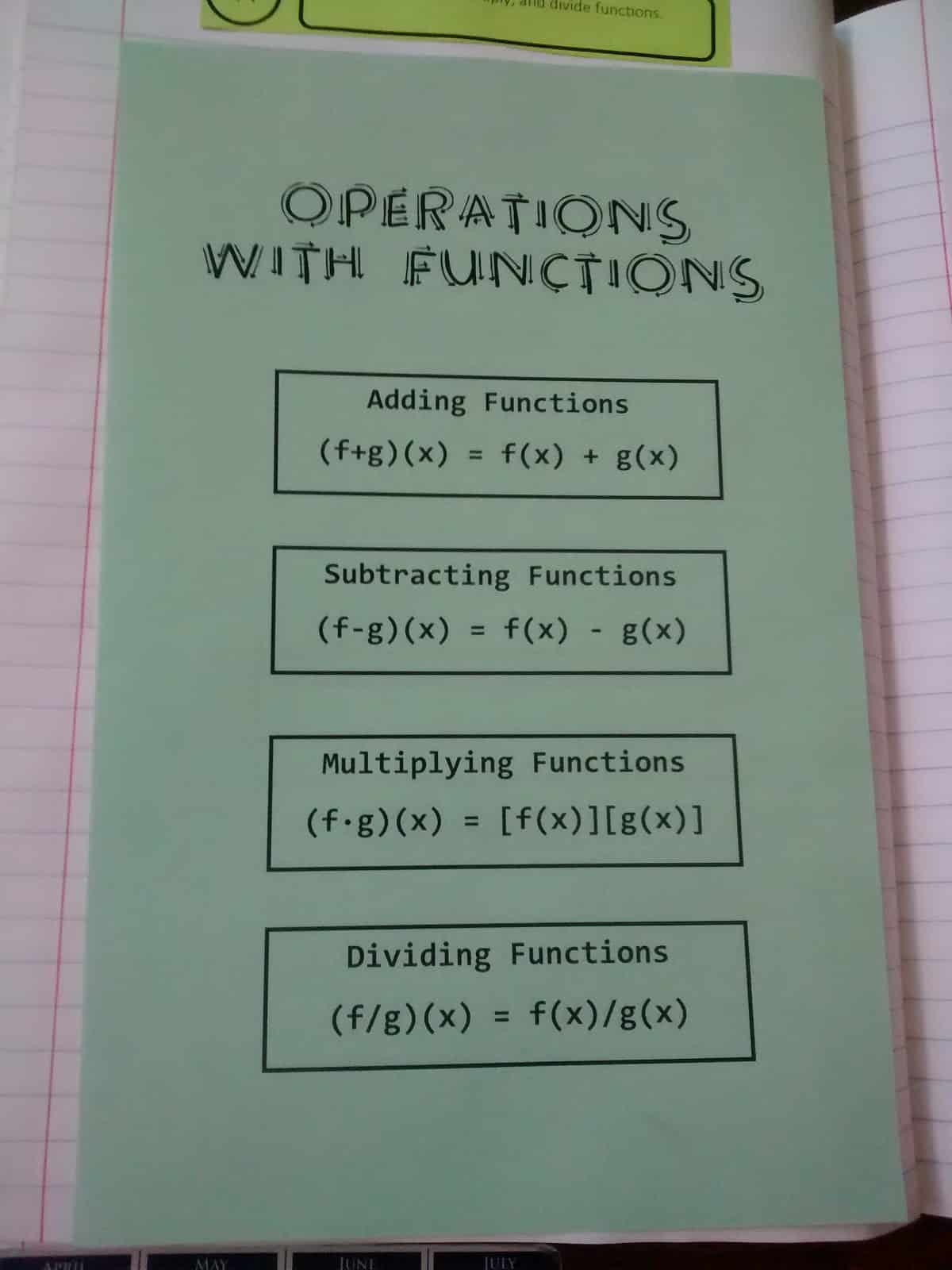
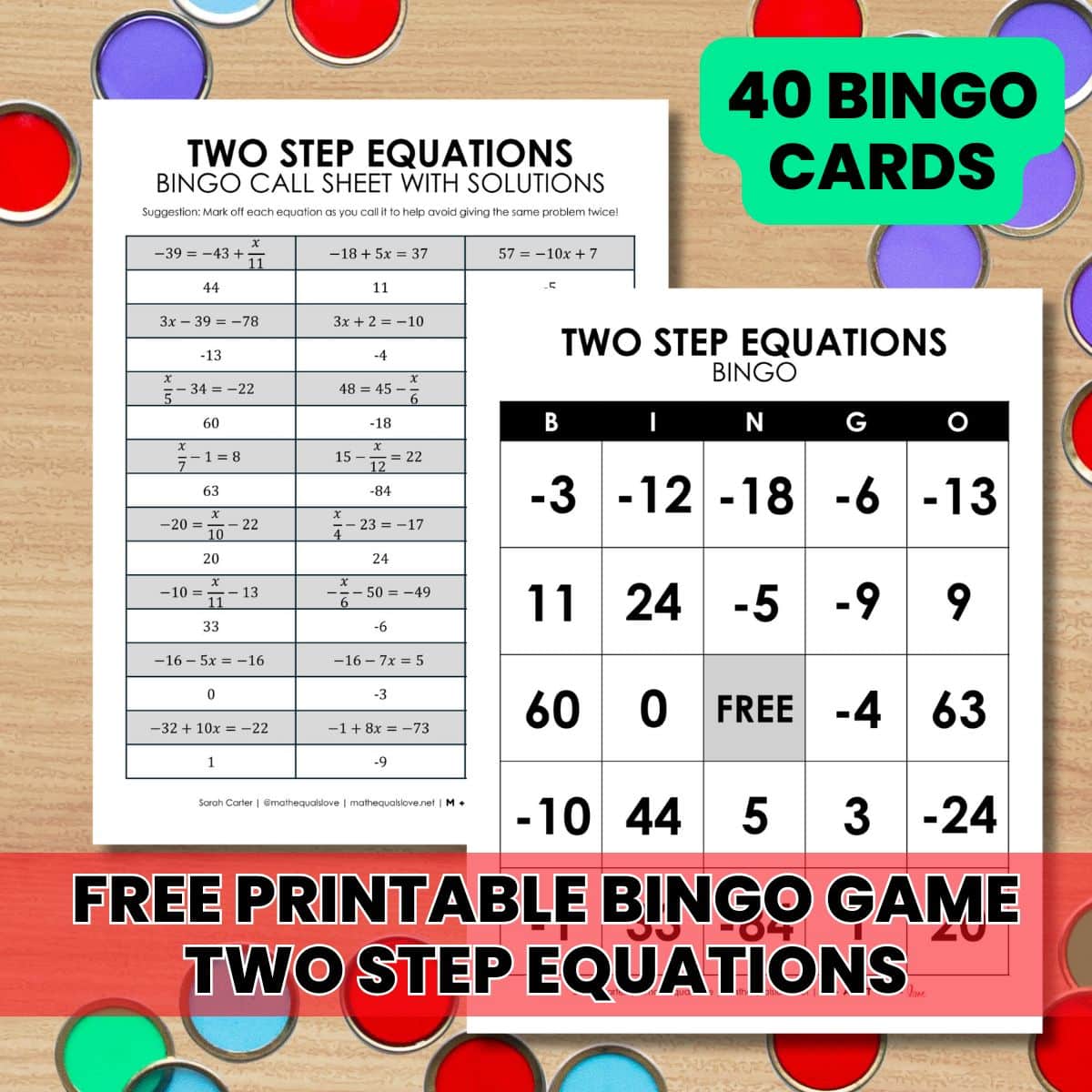

For years, I have made my middle school students prime factor from 2 to 100. They hate it until they are shown how P.F. can help with all fraction operations. Then they are blown away. I wish that 4th grade would focus on factors and multiples to the exclusion of everything else. That sort of in-depth number theory can really help their conceptual understanding in so many future math classes!
Keep fighting the good fight!
-snapdragon
Agree with this so much!
Somehow in teaching factor trees, students can often miss the forest for the trees (as it were). That's because most examples are shown where you can easily see a starting factor to try. The idea that there is a methodical process that can find any factorization and how that would go tends to get lost.
See: http://blog.mathoffthegrid.com/2017/01/110-new-years-celebration.html
It was really eye opening to ask my kids what to do next when there was no obvious starting point.
Thanks for sharing!
Very cool. Thanks for sharing!